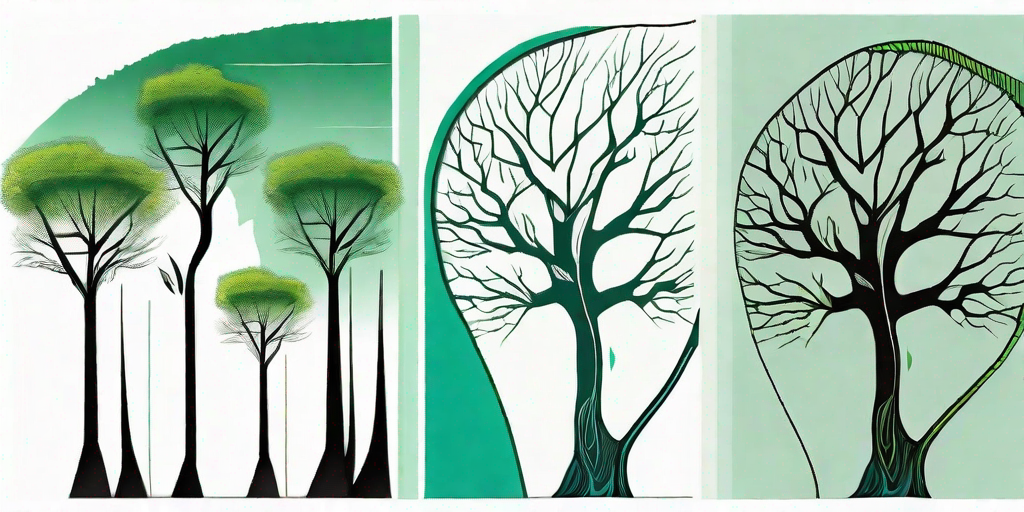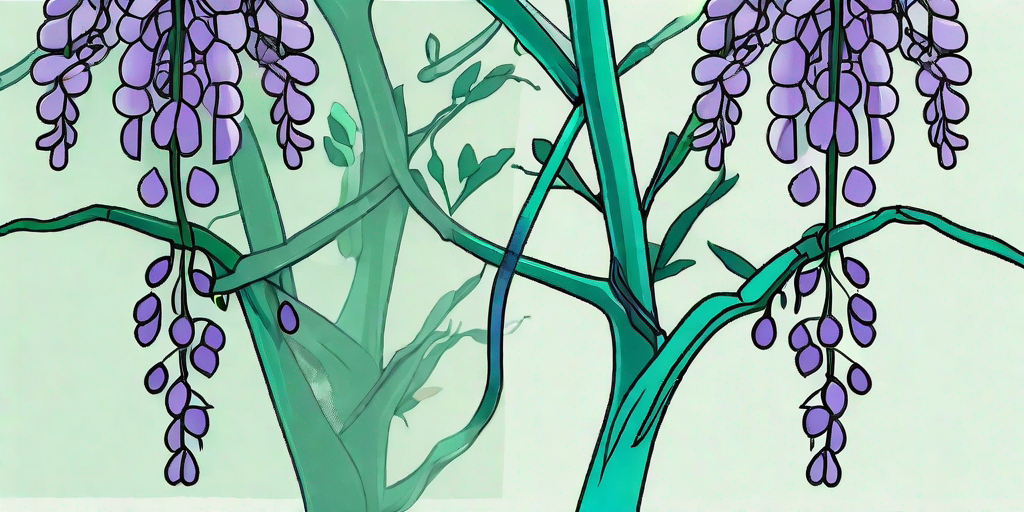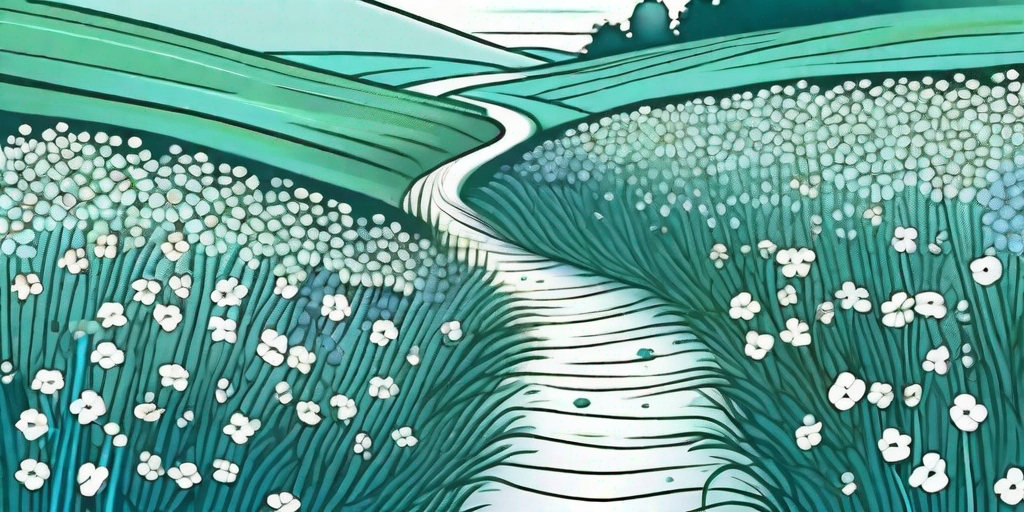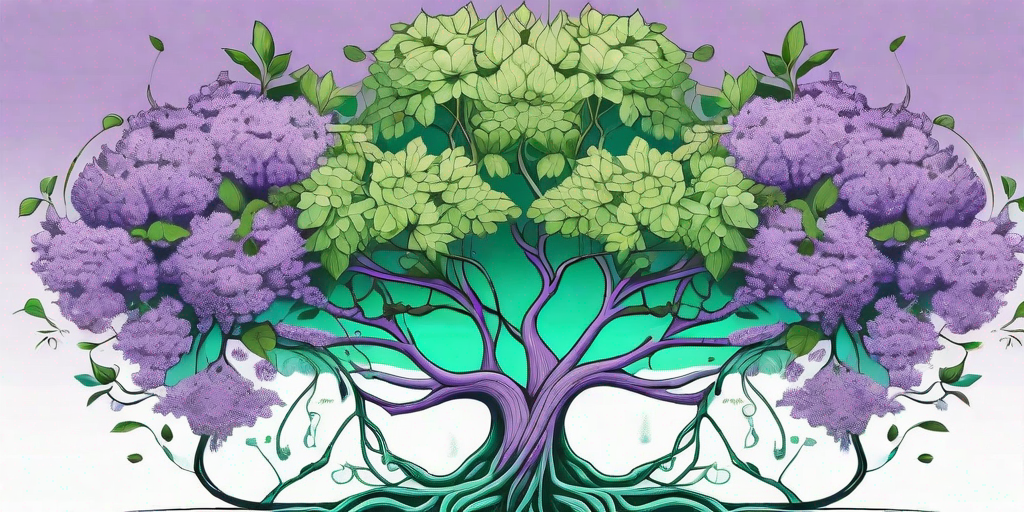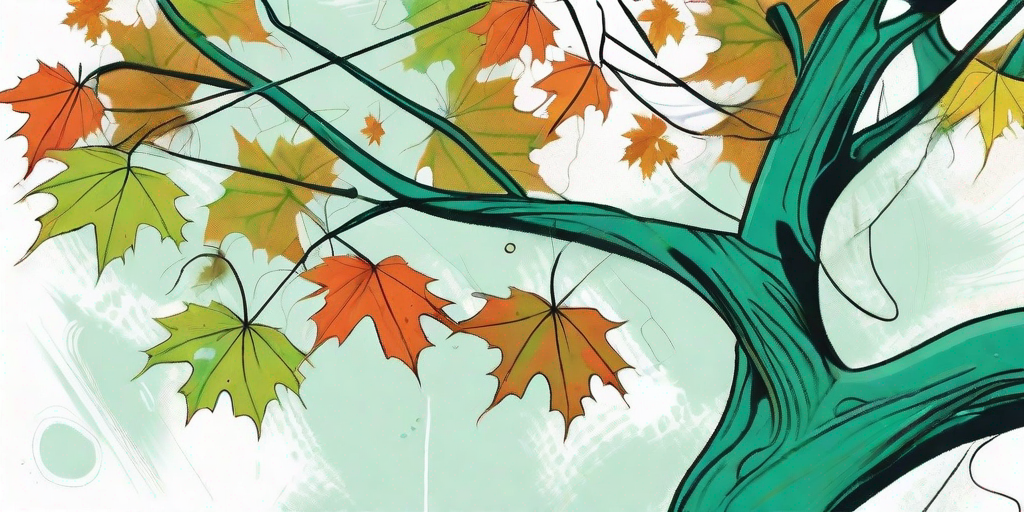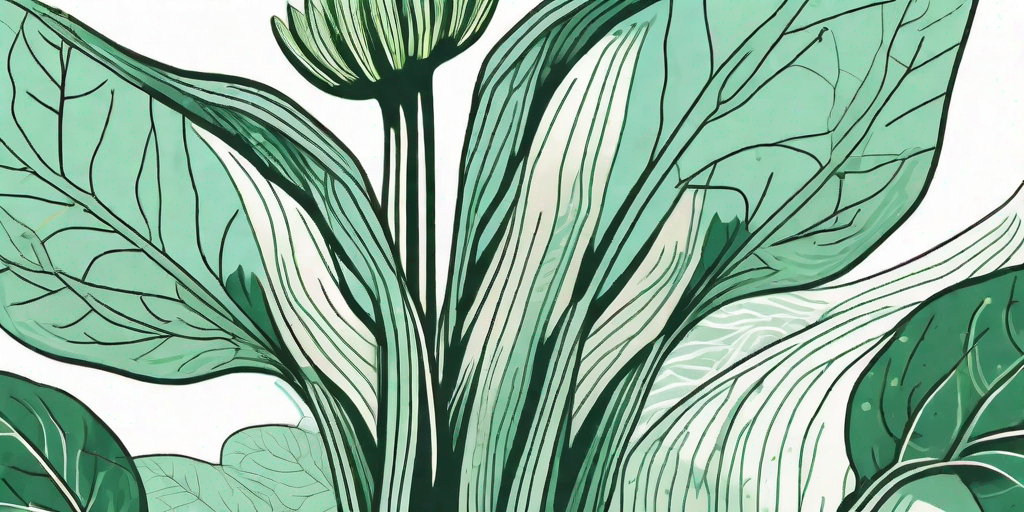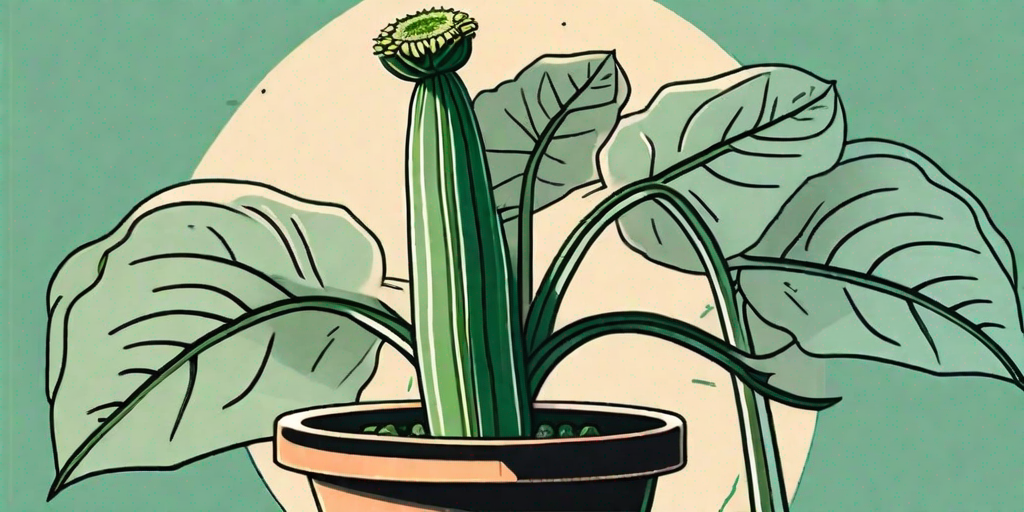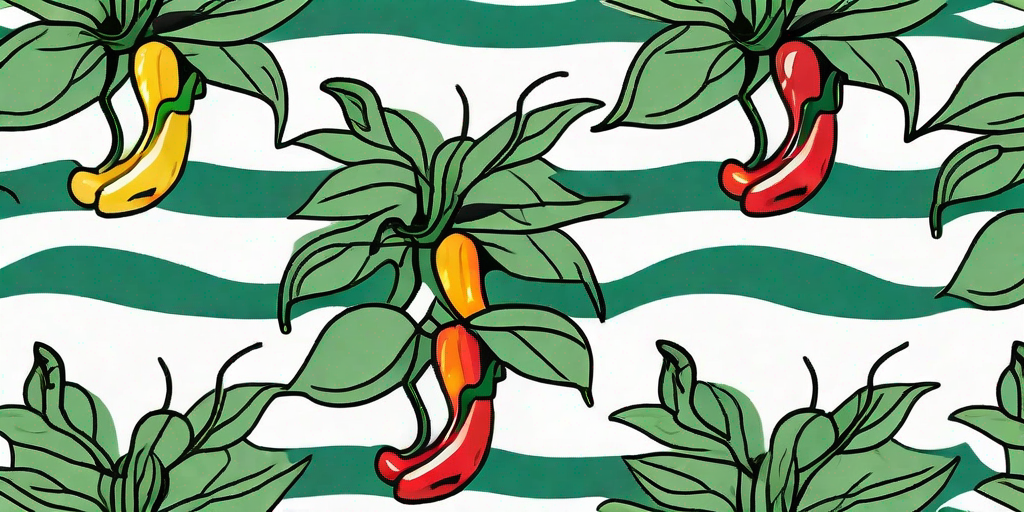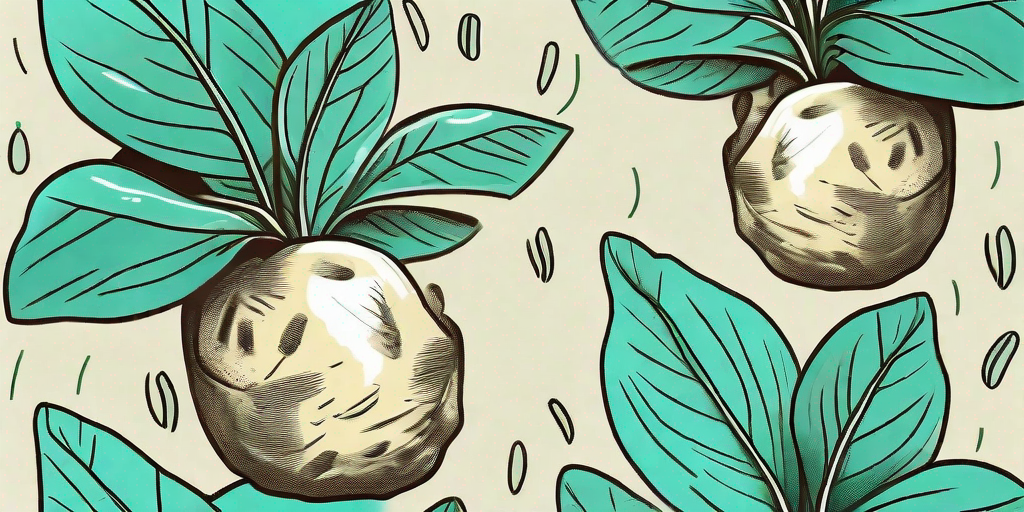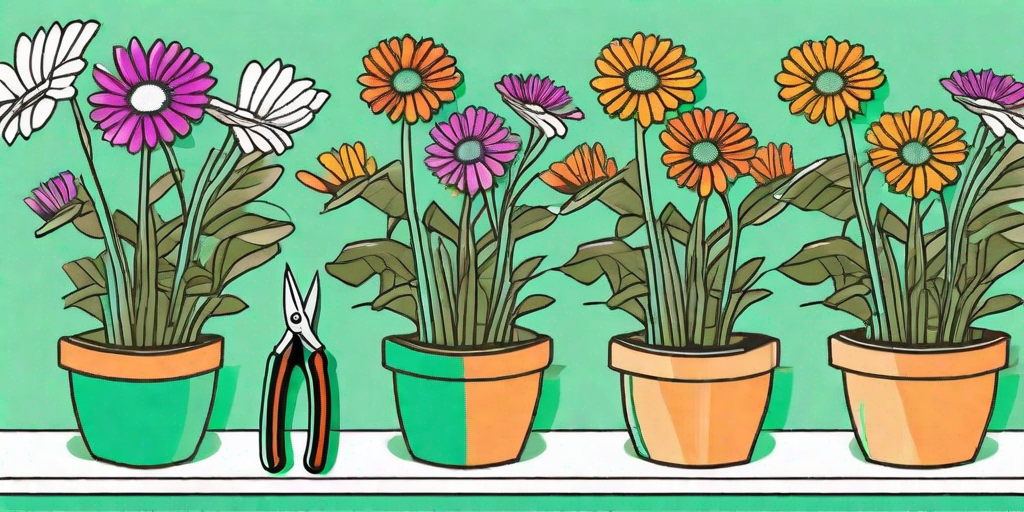
Trees, those towering giants of the natural world, are a source of fascination for many. From their humble beginnings as tiny seeds to their majestic maturity, they are a testament to the power of nature. But what happens when a tree dies? Does its journey end there? Not quite. In fact, the journey of a dead tree is just as fascinating as its life. So, buckle up, dear reader, as we embark on a wild ride from life to death, exploring the captivating voyage of a dead tree.
The Life of a Tree
Before we delve into the afterlife of a tree, let's take a moment to appreciate its life. A tree's life begins with a seed, a tiny package of potential that, given the right conditions, will sprout into a sapling and eventually grow into a towering tree. This process can take years, even decades, but it's worth the wait. After all, who doesn't love a good origin story?
As the tree grows, it plays a crucial role in the ecosystem. It provides shelter for animals, produces oxygen, and even helps to combat climate change by absorbing carbon dioxide. It's a real-life superhero, if you ask me. But like all good things, a tree's life must eventually come to an end. And that's where things get really interesting.
The Death of a Tree
When a tree dies, it doesn't just keel over and call it a day. No, it goes out with a bang, or rather, a slow, gradual process that can take years. This process, known as decomposition, is a vital part of the ecosystem. It allows the tree to return its nutrients to the soil, providing a feast for fungi, insects, and other decomposers.
But decomposition isn't the only thing that happens when a tree dies. The dead tree, or snag, can also provide a habitat for a variety of creatures. Birds, insects, and even mammals can find a home in the hollows and crevices of a dead tree. It's like a post-mortem real estate boom!
The Afterlife of a Tree
So, what happens after a tree has died and decomposed? Does it just disappear into the ether? Not quite. The nutrients that the tree returned to the soil can help to nourish new plant life, essentially giving birth to a new generation of trees. It's the circle of life, tree edition.
But that's not all. The wood from dead trees can also be used by humans for a variety of purposes. From firewood to furniture, the possibilities are endless. So, even in death, a tree continues to give.
FAQs
How long does it take for a tree to decompose?
It can take anywhere from a few years to several decades for a tree to fully decompose, depending on the size of the tree and the conditions of the environment.
What creatures live in dead trees?
A variety of creatures can find a home in a dead tree, including birds, insects, and mammals. Some of these creatures, like woodpeckers and beetles, can even help to speed up the decomposition process.
What can dead trees be used for?
Dead trees can be used for a variety of purposes, including firewood, furniture, and even art. They can also be left in the environment to decompose naturally, providing a habitat for wildlife and returning nutrients to the soil.
In Conclusion
The journey of a tree doesn't end with its death. From decomposition to re-use, the life cycle of a tree is a fascinating process that plays a crucial role in the ecosystem. So, the next time you see a dead tree, don't just see it as a lifeless husk. Instead, see it as a testament to the enduring cycle of life and death, a symbol of nature's resilience and resourcefulness.
And remember, every tree has a story to tell, whether it's standing tall or lying on the forest floor. So, let's take a moment to appreciate these silent storytellers and the vital role they play in our world. After all, without trees, we wouldn't be here to enjoy the beauty of nature.



